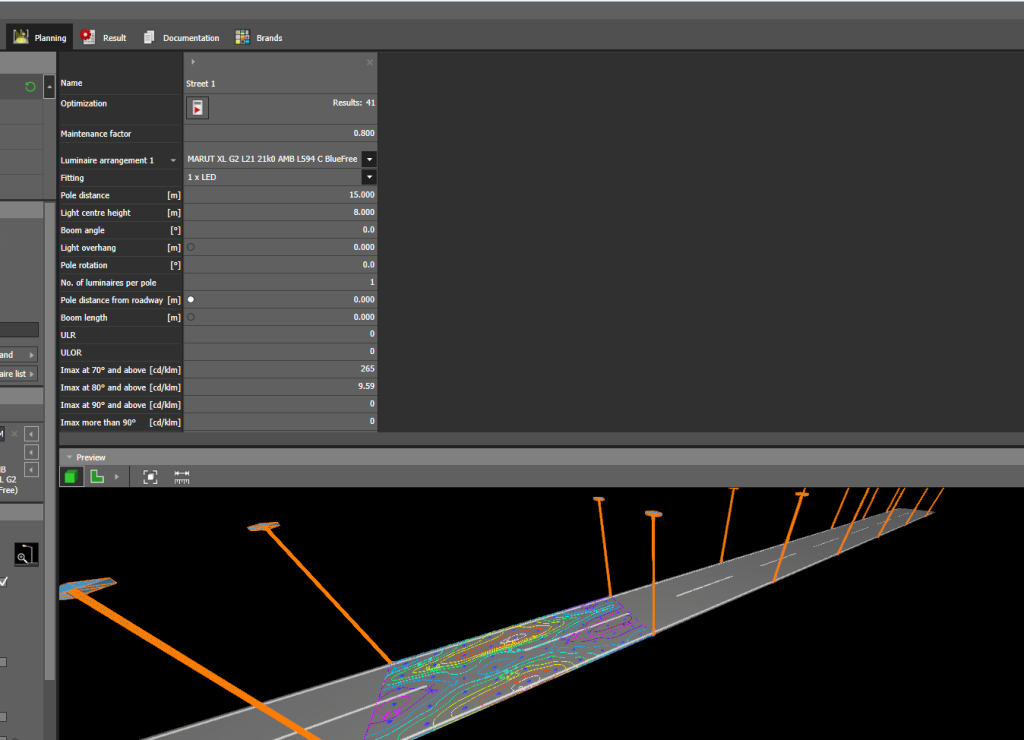Table of Contents
Solar energy is fantastic. It reduces our carbon footprint and eliminates electric bills. However, there are instances when cloud cover appears and the sun takes a break. It’s not ideal then because we can’t charge solar lights and power our lights and batteries when the sun isn’t shining, especially during strong winter months when the clouds are heavy. This can be a big problem when relying on solar fence lights, solar landscape lighting, or solar-powered yard lights for outdoor illumination.
Thankfully, solar fence lights, solar landscape lighting, solar lights for the yard, or solar garden lights are lightweight and easily portable, allowing you to conveniently move some of them inside for charging solar lights. In this article, we’ll explore various methods for replenishing the power of solar-powered lights, both in indoor and outdoor settings.
How Long Should Solar Lights Be Charged?

How do solar garden lights works?
To figure out how long your solar light needs to charge with indirect sunlight, it's important to understand how it works and what powers it. Solar lights, including solar deck lights, solar powered yard lights, and solar lawn lights, function by converting light into electricity through a process called photovoltaic energy conversion. They use photovoltaic cells (typically the dark panel on top) to transform sunlight into direct current (DC) electricity. This electricity is then stored in a battery to power the light at night
For optimal performance, these solar lighting devices require direct sunlight for 4 to 10 hours. It’s crucial to ensure the solar panel isn’t shaded to maximize sunlight absorption. When the batteries are fully charged, your outdoor lights can illuminate throughout the night.
More powerful outdoor solar lights, like solar street lights, generally require a shorter charging time of 6 to 8 hours. A fully charged solar street light battery can usually provide illumination for 5 to 7 days without sunlight.
Therefore, manually charging solar lights using artificial light will take considerably longer, typically around 8 to 12 hours.
Do Solar Lights Need Direct Sunlight?
"Yes, solar lights generally need direct sunlight to charge effectively."
Direct sunlight is optimal: Solar panels convert light into electricity most efficiently when they receive direct sunlight. This allows them to generate the maximum amount of energy and fully charge the battery
Indirect sunlight is less effective: While solar lights can still charge in indirect sunlight or on cloudy days, the charging process will be much slower and the battery may not fully charge. This can result in shorter illumination times at night
No sunlight means no charging:
If a solar panel is in complete shade, it won’t receive enough light to charge the battery at all.

Can I Charge Solar Lights Without The Sun?
"YES! You can absolutely charge solar lights even when the sun isn't shining, but it won't work as well or as quickly"
Many people mistakenly believe that solar lights, including solar post lights, solar spot lights, and solar patio lights, are only suitable for sunny locations. This isn't true.
Even if you live in an area with limited sunshine, you can still use these solar lighting systems. In fact, some solar lights can even perform better in winter.
However, smaller units, commonly used for lawns, patios, and pathways, might need supplemental charging with indirect sunlight when they don't receive enough solar energy to last for extended periods.
Larger, more advanced systems, such as AC Hybrid or Wind Solar Lighting Solutions, can draw power from the electrical grid or wind power as backup during times when sunlight is unavailable.

For the purposes of this article, we’ll focus on smaller, simpler solar landscape lights that feature an integrated solar panel and a basic design.
Can I Charge Solar Lights Indoors?
If you have smaller, portable solar lights, you can easily bring them inside to charge. You can use regular light bulbs, place them near windows, or even use your laptop or solar power banks if the lights have a USB charging port. We'll explain these methods in more detail below.
Will Solar Lights Charge On A Cloudy Day?
Just because solar-powered lights don't get enough sunlight to fully charge doesn't mean they're useless on cloudy or winter days. This also applies to solar fairy lights.
Solar panels are designed to maximize energy collection during daylight hours, so you don't need to worry every time the sun isn't shining. The main consequence is that less energy will be stored in the charge solar light batteries, which could mean they'll only last for a few days (less than 6).
So, if you're planning a big garden event and relying on your solar string lights (which use a solar light bulb), and the weather forecast is for cloudy days, it's a good idea to charge solar lights beforehand to ensure they'll work as expected.
How To Charge Solar Lights Without Sunlight
Here are some simple and practical ways to charge your solar lights even without sunlight.
1:Using incandescent light to charge your solar lights

Since solar lights are meant to save energy. However, some people use outdoor solar lights, including home depot solar lights, solar flood lights outdoor, and solar landscape lights, as emergency lighting during power outages, similar to using rechargeable flashlights. If you need a substitute for direct sunlight, strong artificial light can work. This is because solar cells respond to both sunlight and artificial light, as they operate on similar wavelengths and light spectrums. This means that regular incandescent light bulbs can charge various solar-powered items, such as solar watches, calculators, or solar flashlights, much like sunlight does. Keep in mind, though, that charging with artificial light takes longer, usually about 2 to 5 hours more. To charge your solar lights this way, simply place a regular light bulb a few inches away from the solar panel. Depending on the bulb's wattage, it will take about 6 to 12 hours to charge the solar light. Using a 40W to 100W bulb will give you the best results.
2:Can led lights charge solar panels
LED lights can also be used to charge your solar lights. While the results might be similar to using incandescent bulbs, LEDs cover a broader spectrum of light, potentially making them a more effective charging method.
3:Using the limited light
During winter or cloudy weather, you can still charge solar lights, including hanging solar lights, solar lights for gardens, and solar lights for outside. It might seem strange to try charging solar lights without direct sunlight, but solar panels can actually be more efficient in colder temperatures.
While it’s a common misconception that winter, rainy seasons, and cloudy days are bad times to charge solar lights, it’s not entirely true. Even on these days, a small amount of light still reaches the photovoltaic (PV) cells in your solar lights.
These cells are designed to receive, store, and convert energy regardless of the amount of heat or the distance the light travels.Combined with the cooler temperatures, which reduce excessive electron movement within the solar panels, this can lead to a higher voltage difference and increased energy production.Therefore, even when the sun is hidden behind clouds, your solar panel lights can still receive a charge
4:Use USB charger your solar lighting for outdoors

Some solar LED lights offer an alternative charging method using a USB charger. This lets you plug them into wall outlets or power banks. While this option might be a bit more expensive than other methods, it can be a convenient solution if it suits your needs.
Conclusion
So there you have it! As you can see, there are several ways to charge your solar lights without direct sunlight, whether you’re indoors or outdoors.
We hope these easy tips help you keep your solar lights charged. You can even use these methods for other solar-powered equipment and devices.Looking for more solar lighting tips, ideas, and reviews? Check out our extensive collection of articles, buying guides, and reviews at Bestsolarlight.
Wanna know more about the lights?
There are many variations of passages of solar lights and LED lights









